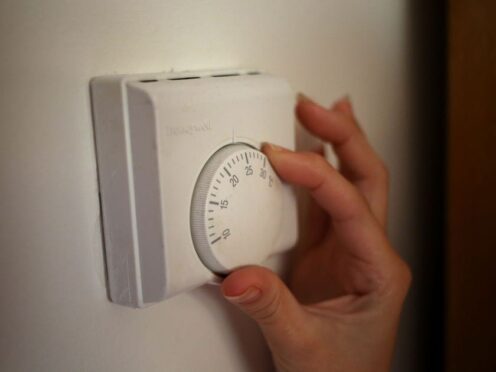People who live in poorly insulated homes will be facing gas bills around 50% higher than those whose properties have met Government targets as the new price cap comes into force.
Analysis from the Energy and Climate Change Intelligence Unit (ECIU) found the average annual gas bill will be around £340 higher per year for homes with an energy performance certificate (EPC) score of F.
These are some of the leakiest homes in the country, meaning the heat produced by gas boilers quickly escapes the building.
The extra cost is when compared to homes with EPC ratings of C, which are considered reasonably well-insulated. Even D-rated homes will face annual bills around 15% higher, the research found.
ECIU energy analyst Jess Ralston said: “For millions living in cold, leaky homes, insulation is crucial for lowering bills.

“But with energy independence remaining a top concern for the public and politicians alongside the cost of living, insulation is now also key to reducing our demand for gas.
“Unless we start to use less gas, we’ll just have to import more from abroad as the North Sea continues its inevitable decline, regardless of new licences.”
The ECIU said that a little over a decade ago there were considerably more homes being insulated every year in the UK. Compared to the period before changes made by then prime minister David Cameron, there has been a 95% drop in the number of insulation measures.
In September, current Prime Minister Rishi Sunak scrapped plans that would have forced private landlords to ensure their properties had a minimum level of insulation.
Ms Ralston said: “Government insulation schemes are not delivering at target levels and fixing them does not seem to be a priority, despite the bill and energy security benefits.
“The next government, whatever colour it is, rapidly needs to increase deployment of energy efficiency measures if it wants to gain energy independence and lower bills.”
A Department for Energy Security and Net Zero spokesperson said: “Nearly half of all homes in England now have an EPC rating of C or above, up from just 14% in 2010.
“We have allocated £20 billion for energy efficiency over this Parliament and next – helping cut bills for those families who need it most.
“Our investment will raise insulation standards of around 500,00 homes across the UK.”
